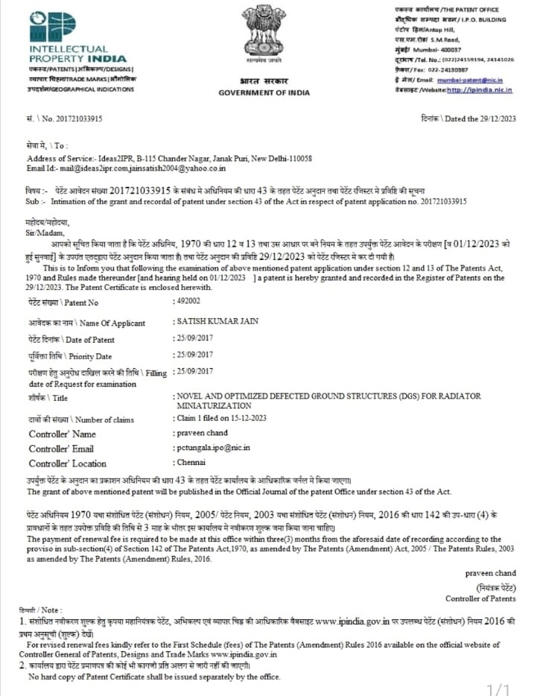Virtually inaugurating the first-of-its-kind Vedic clock, the PM said, “This proves that our government works on vikas (development) and virasat (heritage) simultaneously.
Prime Minister Narendra Modi on Thursday virtually inaugurated the world’s first Vedic clock installed on an 85-ft high tower at the Jantar Mantar in Madhya Pradesh’s religious city Ujjain.
The clock will display time according to ancient Vedic Hindu panchang (almanac). Besides planetary positions, muhurat, astrological calculations, and predictions, the clock will also display the Indian Standard Time (IST) and Greenwich Mean Time (GMT) and operate on the time system based on one sunrise to another.
Virtually inaugurating the first-of-its-kind Vedic clock, the PM said, “This proves that our government works on vikas (development) and virasat (heritage) simultaneously. The city of Baba Mahakal (Ujjain) was once the centre of time calculation, but its importance was forgotten. Now we’ve established the world’s first Vikramaditya Vedic clock. It will not just render an opportunity to remember our rich heritage, but will also be witness to that Kalchakra (time cycle) which will turn India into a developed nation.”
PM Modi also launched the Cyber Tehsil system for all 55 districts to help in land related issues.
As part of unveiling and laying foundation of development projects across the country ahead of the Lok Sabha polls, the PM virtually unveiled and laid foundation stone of 37 development projects worth Rs 17,500 crore in MP at the ‘Viksit Bharat Viksit Madhya Pradesh’ which was attended by 15 lakh people across 200 locations in the state.
The projects pertained to variegated sectors, including irrigation, power, rail, road, water supply, coal, industry, among others. Addressing virtually the mega event which was attended by MP Governor Mangubhai C Patel, CM Mohan Yadav, his cabinet colleagues and state BJP chief VD Sharma at Bhopal’s Lal Parade Ground, the PM said, “Currently there is just one slogan ‘Abki Baar 400 Paar’ all around.
This isn’t BJP’s slogan, but actually a slogan given by the people of the country. For the first time, the people of the country are popularizing a slogan for the return of their loved and trusted government again.” “We’re not contesting polls just to form our government for the third time, but to form the government the third time to make India the world’s third largest economy.” Reaching out to the youth and first time voters, Modi said, “I assure the youth, that the BJP government will leave no stone unturned for creating opportunities for them.”
‘Vedic Hindu almanac’
The clock will display time according to ancient Vedic Hindu panchang (almanac). Besides planetary positions, muhurat, astrological calculations, and predictions, the clock will also display the Indian Standard Time (IST) and Greenwich Mean Time (GMT) and operate on the time system based on one sunrise to another.
source/content: newindianexpress.com (headline edited0
